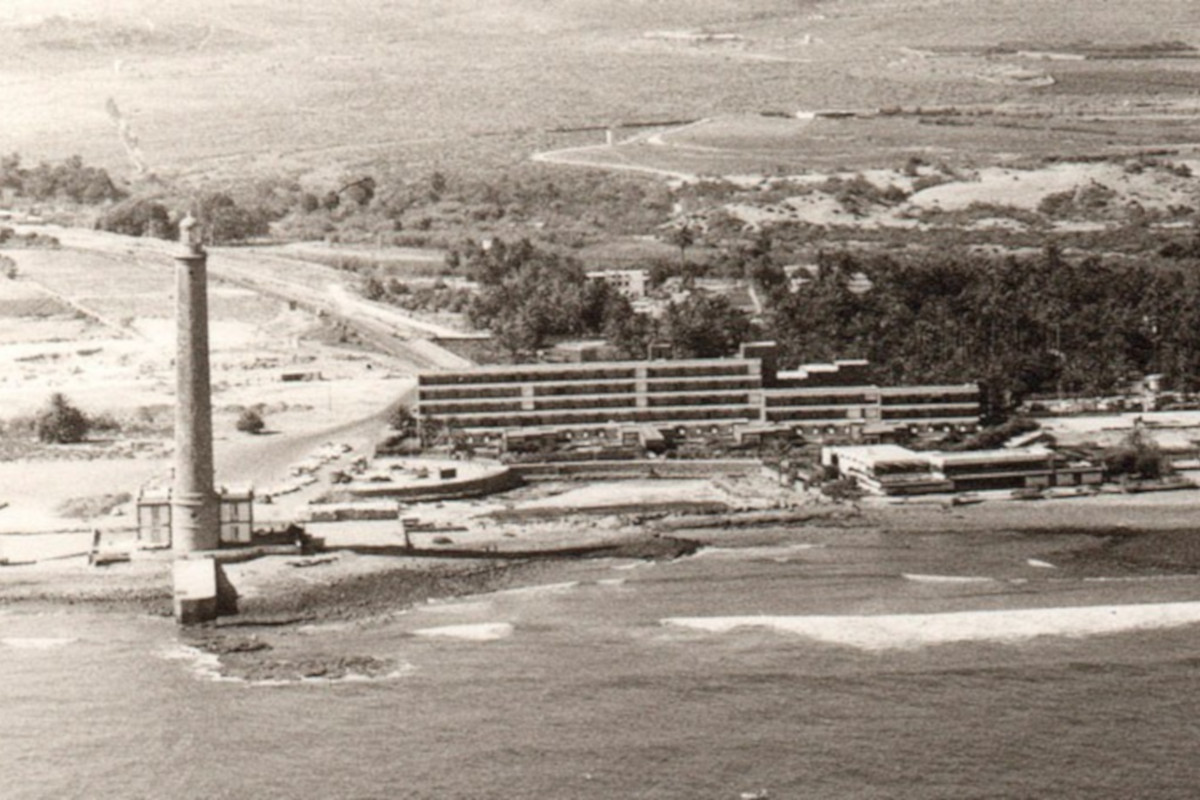Dedicated to the memory of Alejandro del Castillo y Bravo de Laguna, IX. Count Vega Grande and Guadalupe. We cannot forget its key role in promoting Canarian tourism.
The idea that shaped the present-day south of Gran Canaria was born almost 60 years ago. When the first charter aircraft of Swedish Airlines Transair AB, landed at Gran Canaria Airport at Christmas in 1957 no one expected that 60 years later the aircraft would land at that airport every minute. The island quickly gained a good reputation among tourists and the hotels in Las Palmas became more and more full. However, tourists gradually lost the beach of Las Canteras and more and more often went for new experiences in the south of the island.
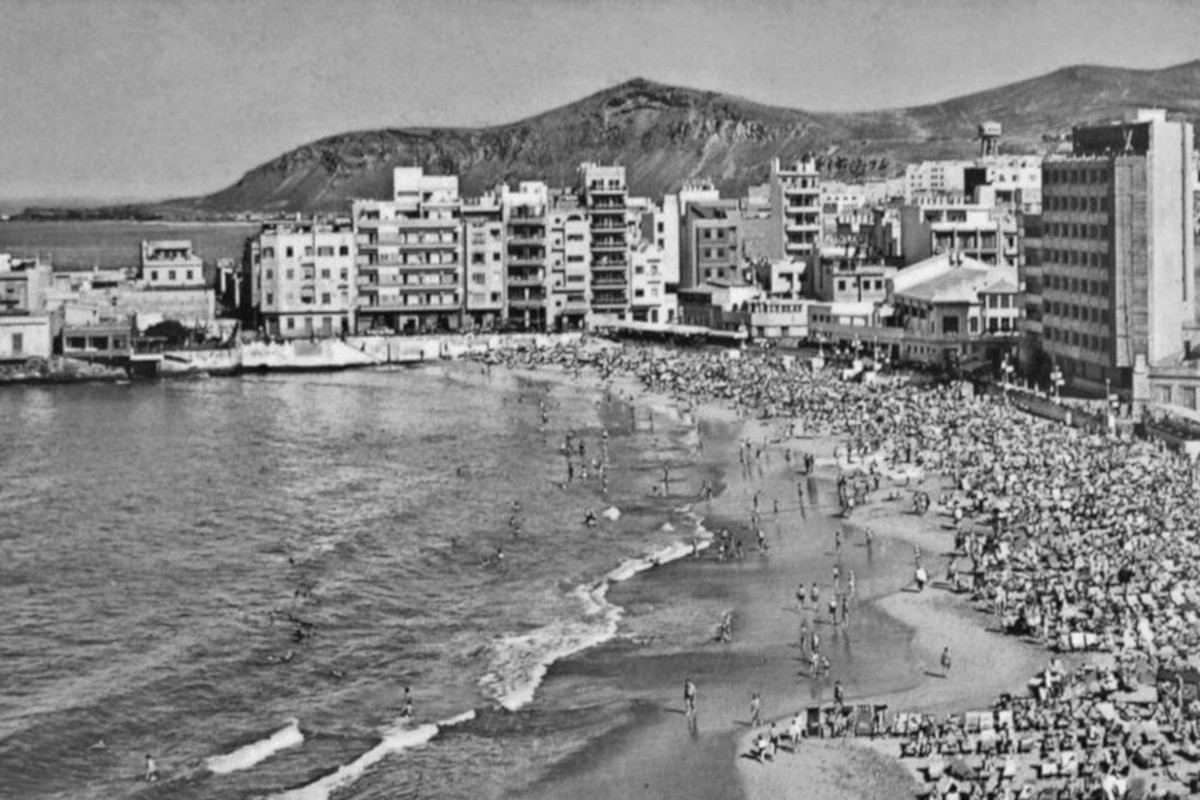
From idea to implementation
In 1961, only 33-year-old Alejandro del Castillo y Bravo de Laguna, IX. Count de la Vega Grande, together with his brother Pedro, came up with the idea of urbanizing the south of Gran Canaria. On their side, they also won Alejandra del Castillo y del Castillo, VIII. Count of Vega Grande de Guadalupe. Together, they approached the architect Pedro Massieu, who, together with another architect, Manuel de la Peña, proposed a plan that included an international architectural competition to create a large tourist area from San Agustín to Arguineguín. The territory, which belonged to the county family Vega Grande from the 18th century, was a coastal strip with an area of 2000 hectares with a coastline of 17 kilometers. Little did anyone know at the time that a country bound to agriculture and constantly facing great poverty would find a new way of living in tourism. Over several decades, tourism has become the main engine of the island’s economy, turning the poor country into one of the richest regions in Spain.
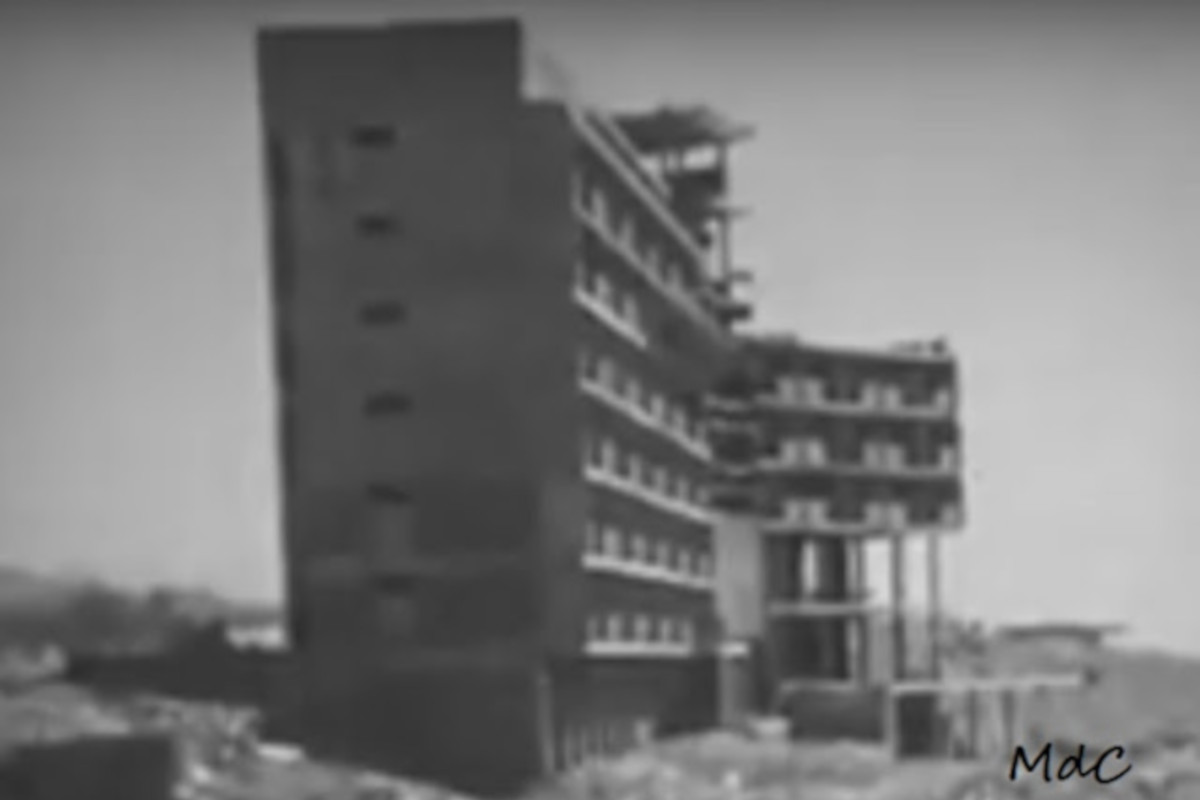
Winning plan
The winner of the architectural competition was the project of the association of French architects and engineers Guy Lagneau, Michel Weill, Jean Dimitrijevic, René Bartholiu, Philippe Cennet, Ivan Seifert, Lucien Varinay and Jean Davidad. This team proposed to divide the entire territory into seven zones. The individual zones were to differ not only architecturally but also according to the economic level of the guests. Seven development areas were proposed within the project: La Sandía, Pasito Blanco, Ciudad de Maspalomas, Los Ingleses, San Agustín, Campo Internacional and San Fernando. As Alejandro del Castillo y Bravo de Laguna himself says, IX. Count de la Vega Grande de Guadalupe, what appealed to him most in the project was that he fully respected his love for the country and its beauties. The most important element that the French estimated very well was the prevention of construction in the dune area and their preservation as a nature reserve.
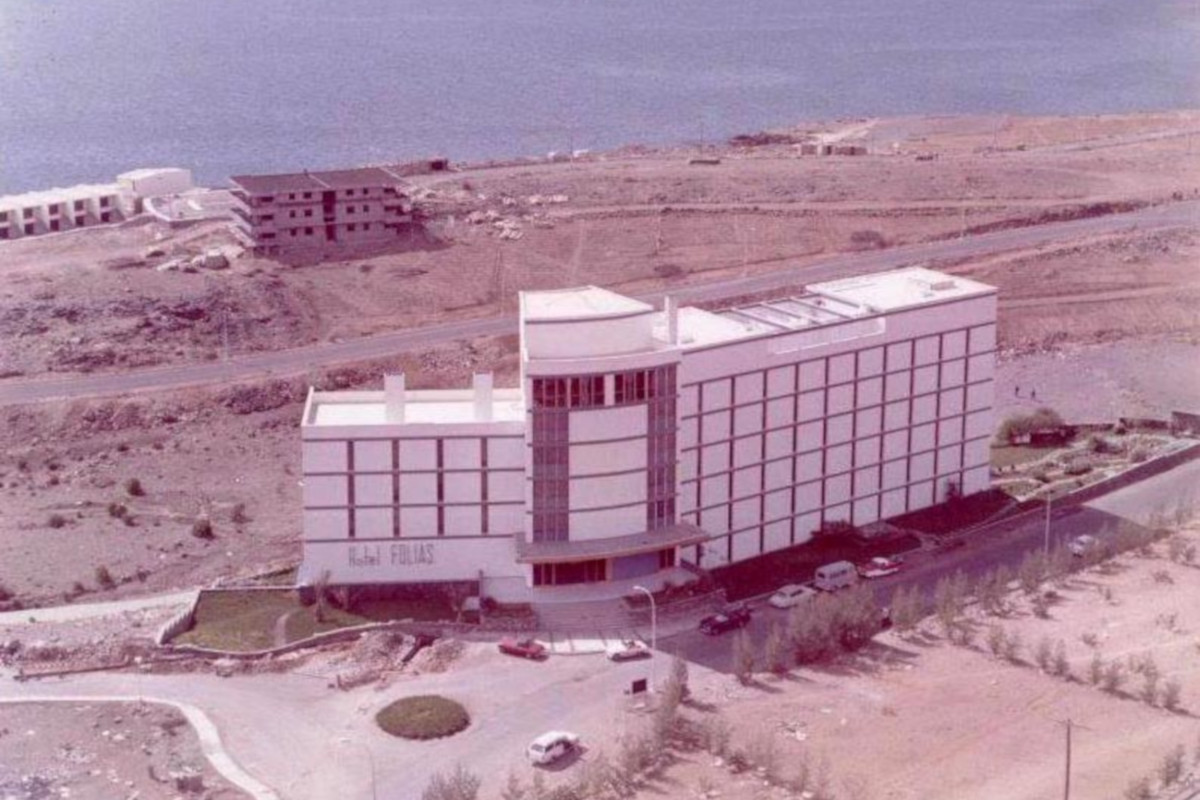
An important role in the process of urbanization was also played by Marcial Franco, then mayor of San Bartolomé de Tirajana, an ammunition in the territory where construction was to begin. In 1964, thanks to his support, the Maspalomas Costa Canaria project was approved. He presented it as a city plan to Spanish Minister of Information and Tourism Manuel Fraga Iribarne. After the approval by the Ministry, nothing stood in the way of the implementation of this interesting project.
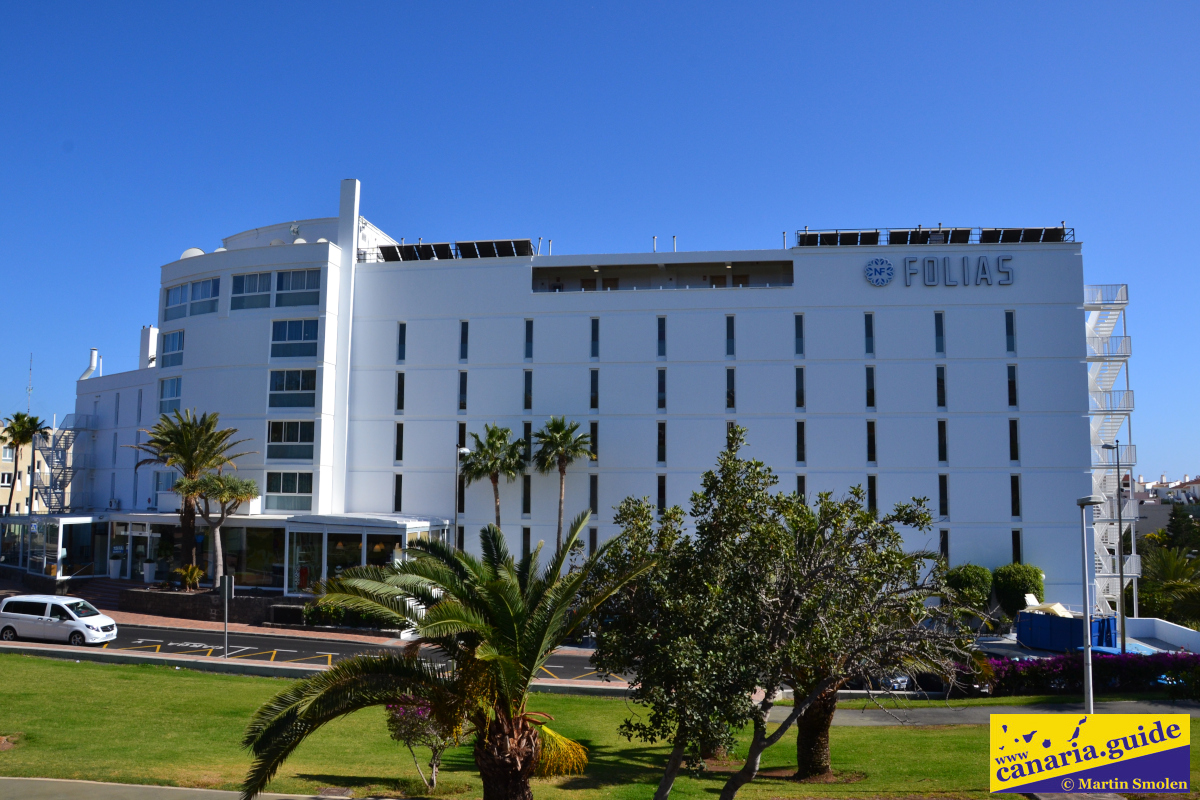
Construction begins
At the end of 1964, 31 projects of villas, hotels and bungalow complexes were presented. The expected investment was estimated at 220 million pesetas (approximately the same value today in euros). As early as 1965, the first hotel saw the light of day. Located in the San Augustín area and welcomes its guests to this day under the same name, Hotel Folias.
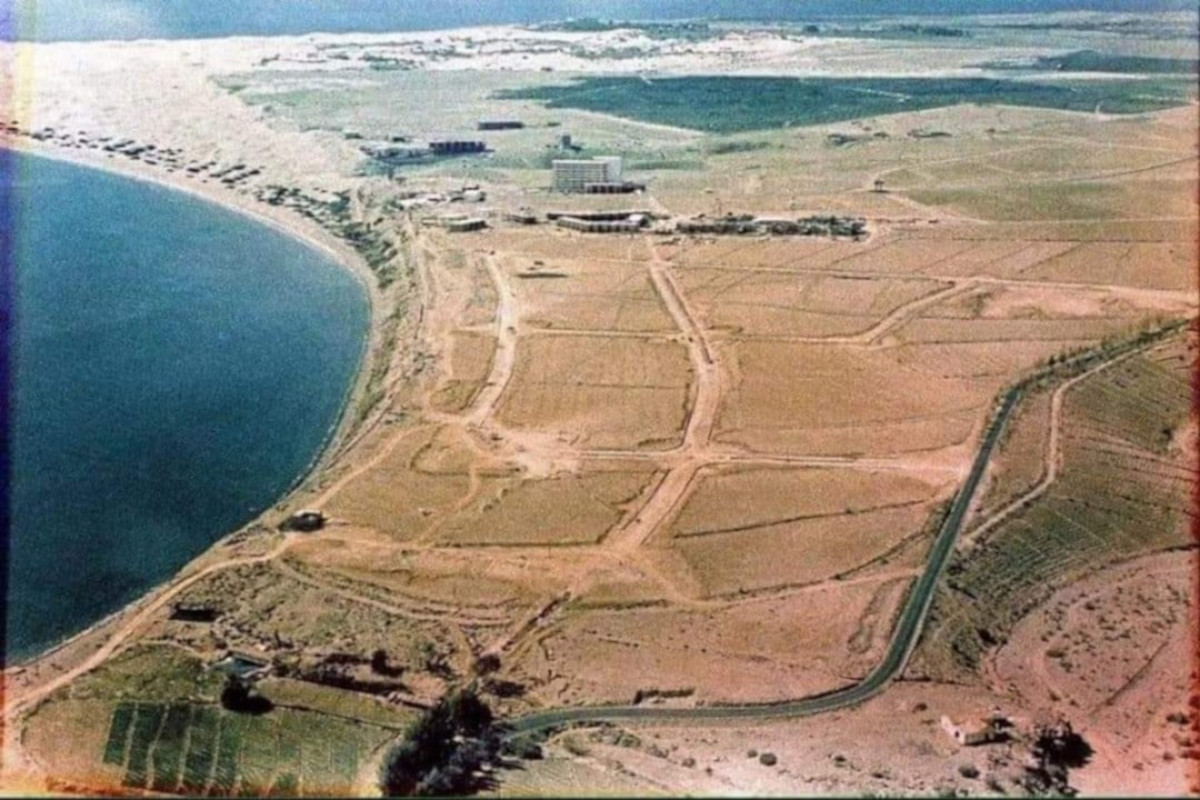
Together with San Augustín, the areas of Los Ingleses, today Playa del Inglés and San Fernando, began to develop. In San Fernando, construction of apartments for employees began. Today, the area is a solid city of 30,000.
The Playa del Inglés area welcomed its first visitors in 1967. The Las Arenas Hotel opened its gates and the first bungalow complex in the area, Las Brisas, is a short walk away.
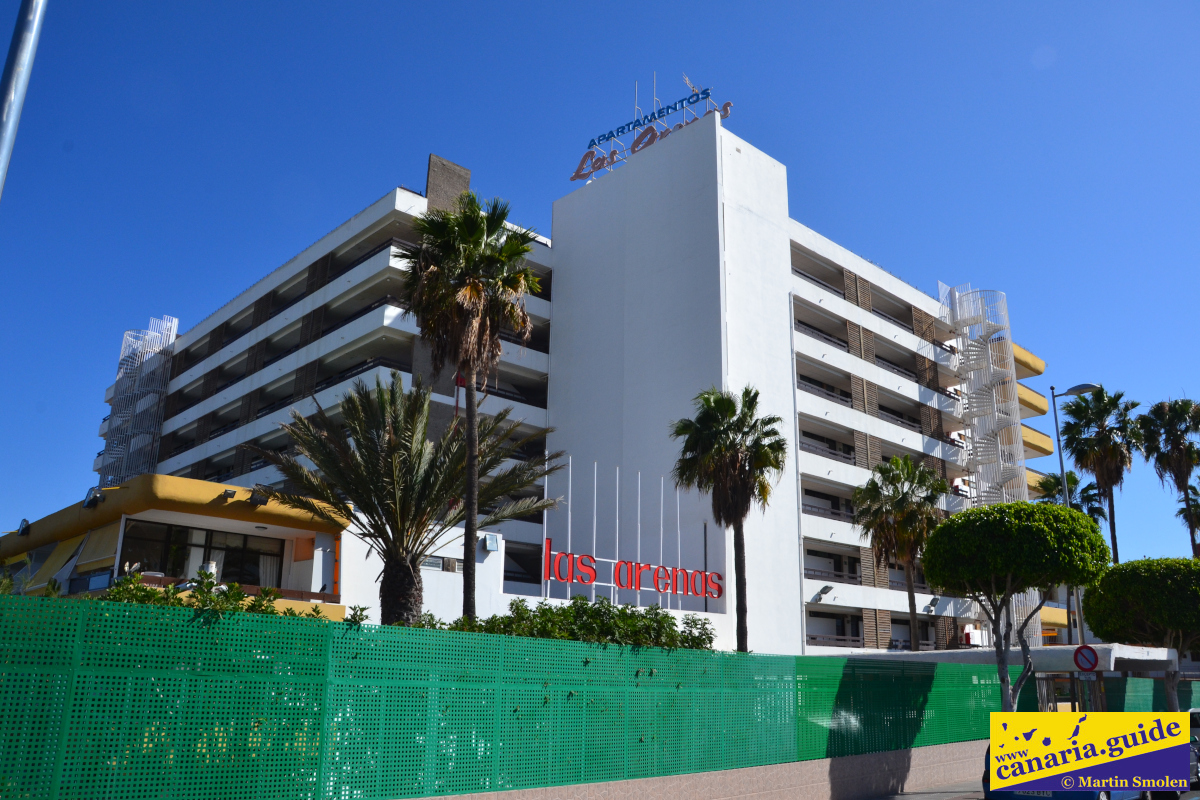
In 1968, visitors began to explore the area around the lighthouse. On December 14, 1968, the first iconic Maspalomas Oasis Hotel, now the RIU Palace Oasis, welcomed its first guests. Set on the edge of the Dunas Maspalomas Nature Reserve, built in a beautiful palm oasis, the hotel has been synonymous with luxury in Gran Canaria since its inception.
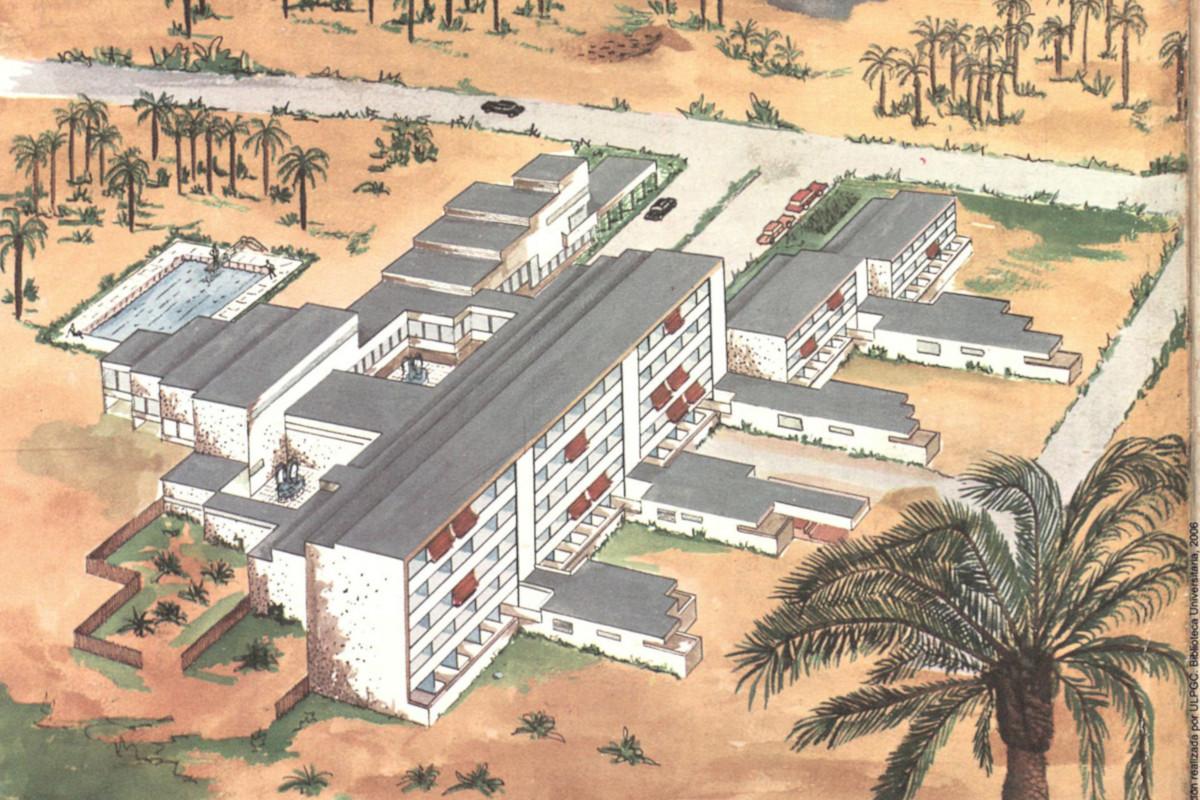
From father to son
Until 1975, there were an average of 9,000 beds a year in the whole area. And although it doesn’t seem so, the construction, which continues today, is still guided by the principles of the project of eight French architects from 1964. Next time, when you come on holiday in Gran Canaria and an evening walk takes you along the promenade to Las Arenas or Folias, remember two young men, Alejandro and Pedro, who decided to turn the place where they grew up from a poor tomato farm into a tourist paradise. Alejandro del Castillo y Bravo de Laguna, IX. Count de la Vega Grande de Guadalupe has something to be proud of. He dedicated his whole life to the idea and took an active part in building it. Today, his son, Alejandro del Castillo y Benítez de Lugo, has taken over all the work for his father, who will be the tenth count of the la Vega Grande de Guadalupe and successfully follows in his father’s footsteps.
